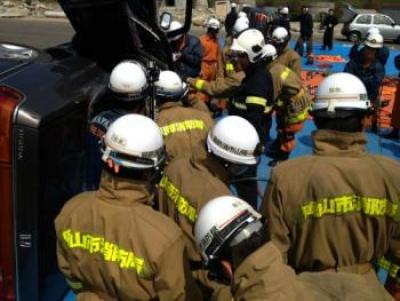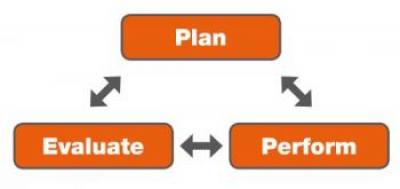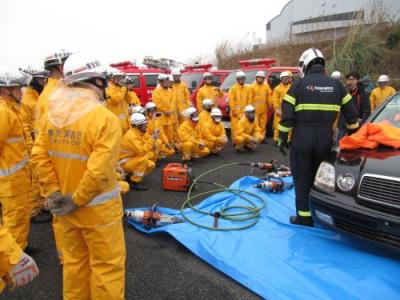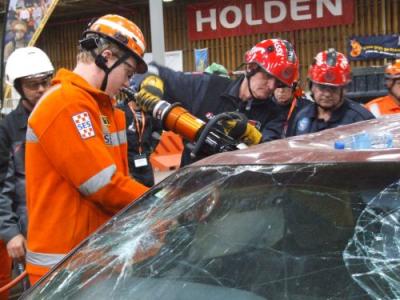Staying on top of your game
In my previous blogs I have explained some fundamental principles relating to your approach to road traffic collisions, but of course before you can apply any of these skills, they must first be practiced. So the question is; how seriously do you take your training?
The skills required to extricate victims of road traffic collisions are now more complex than ever. New car technology, new rescue tools, and our ever increasing knowledge of traumatic injury means we have a greater understanding of the rescue scene and what it takes to extricate in a safe and timely manner. With that in mind, maintaining these practical and theoretical skills is now a challenge in itself. So how do you stay on top of your game?

Plan, perform, evaluate
Well, just as the attendance at a road traffic collision must be planned for, the approach to training and preparation itself must also be methodical, structured in its delivery and critically reviewed. There are many theories relating to the acquisition and retention of knowledge, but any learning event (training session or operational incident) should be looked at as a cycle. We must plan, perform and evaluate, with the evaluation forming the basis of future training.

Training should be completed at regular intervals. Skills fade is an area often overlooked and we all lose the ability to perform with the passage of time. It has been found through research that massed practice or condensed trainings are less effective compared to spaced practice, in promoting long-term retention (Bjork 1999).
Who delivers your training?
The dynamics of training is a huge topic, but rest assured that if your instructor has no knowledge or interest in the subject, there is little value in the session. If they are knowledgeable but a poor communicator, the audience will not buy in, and again the value of the session must be questioned. The instructor must know their students and have knowledge of their previous learning and skill level. Every group will have different dynamics in terms of age, ability and time served as a rescuer and an instructor must be sympathetic to these differences, and should promote discussion based on experience in an effort to share knowledge. There must always be defined aims and objectives which should be reviewed at the end of the session to ensure understanding.

It is important to remember that training within this context has two main aims:
- To ensure the safe operation of equipment, in line with the manufacturer’s instructions and the standard operating procedures of the rescue service.
- To ensure that rescue personnel can use the equipment effectively, demonstrating comprehensive practical and underpinning theoretical knowledge of the latest techniques.
We must always ensure that we do not focus on just one of the above, but fulfil both criteria in order to be safe and to develop as rescuers.
Theoretical knowledge
Due to the lack of newer vehicles available on which to train, theoretical knowledge must form part of your learning. It simply is not possible to be exposed to as many new vehicles as we would like. Training has to be proactive rather than reactive in that we must endeavour to find out what we don’t know, before we get to an incident and find out we don’t know it!
Following operational incidents the affected vehicles can form the basis of your operational debriefs. This is an excellent opportunity to witness new vehicle construction and technology first hand. Depending on the nature of the incident it may be possible (with permission) to take photographs to enhance a future learning event.

Two disciplines connected
Finally, vehicle extrication is popularly looked at in two key areas, technical (or physical) and medical rescue. In terms of training and in order to provide the very best casualty centred rescue, these two disciplines cannot be taught in isolation and all rescuers must become multi-disciplined with excellent understanding both elements of rescue. In my opinion, if you want to be the best you can be at vehicle extrication, there is no substitute for forming your own extrication team.
As ever, I welcome your feedback!
Ian Dunbar